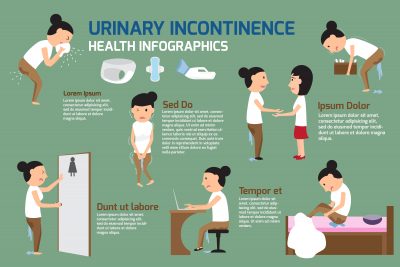To Ice Or Not To Ice An Injury: Debunking the Cold Therapy Myth

In the realm of injury management, few topics stir up as much debate as the application of ice therapy. For decades, the RICE protocol (Rest, Ice, Compression, Elevation) has been the go-to recommendation for managing acute injuries. However, recent research and evolving understanding have cast doubts on the efficacy of icing. As the best physiotherapy clinic in Ahmedabad, Vigor Physiocare aims to dissect this controversy and provide evidence-based insights into whether icing is truly beneficial for injury recovery.
The traditional belief behind applying ice to injuries is that it reduces swelling and numbs the area, thereby alleviating pain. While this approach may offer temporary relief, its long-term benefits are questionable. In fact, some studies suggest that icing may actually delay the healing process by constricting blood vessels and reducing blood flow to the injured area.
At Vigor Physiocare, our team of experienced physiotherapists emphasizes a holistic approach to injury management, focusing on promoting natural healing mechanisms rather than relying solely on temporary fixes. Instead of blindly advocating for icing, we encourage our patients to consider the following factors before reaching for the ice pack:
-
Nature of the Injury: Not all injuries are created equal. While ice may provide relief for acute injuries characterized by inflammation and swelling, it may not be suitable for chronic conditions or injuries with underlying tissue damage. Our best physiotherapists in Ahmedabad assess each injury individually to determine the most appropriate treatment plan.
-
Timing: The timing of ice application is crucial. While immediate icing after injury may help reduce initial swelling, prolonged or frequent icing beyond the first 48 hours could impede the inflammatory response, which is a crucial part of the healing process. Our physiotherapists guide patients on when and how long to apply ice based on the specific stage of their injury.
-
Alternatives to Ice: In recent years, alternatives to ice therapy, such as heat therapy, compression, and active movement, have gained traction in the field of physiotherapy. Heat therapy, for instance, can increase blood flow to the injured area, promoting healing and reducing stiffness. Our comprehensive approach at Vigor Physiocare includes exploring these alternative modalities based on the unique needs of each patient.
-
Patient Preference and Comfort: Ultimately, the decision to use ice should be guided by the patient’s comfort and preferences. Some individuals may find relief from icing, while others may prefer alternative methods. Our physiotherapists prioritize open communication and collaboration with patients to tailor treatment plans that align with their goals and preferences.
In conclusion, the age-old adage of “ice is nice” may not hold true in all scenarios when it comes to injury management. While ice therapy can offer symptomatic relief in the short term, its role in long-term recovery is not as clear-cut. As the best physiotherapy clinic in Ahmedabad, Vigor Physiocare advocates for a personalized approach to injury management, considering factors such as the nature of the injury, timing, and patient preferences. By staying informed and embracing evidence-based practices, we empower our patients to make informed decisions about their health and well-being.



